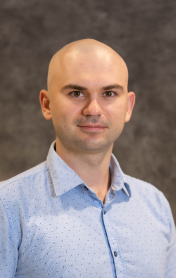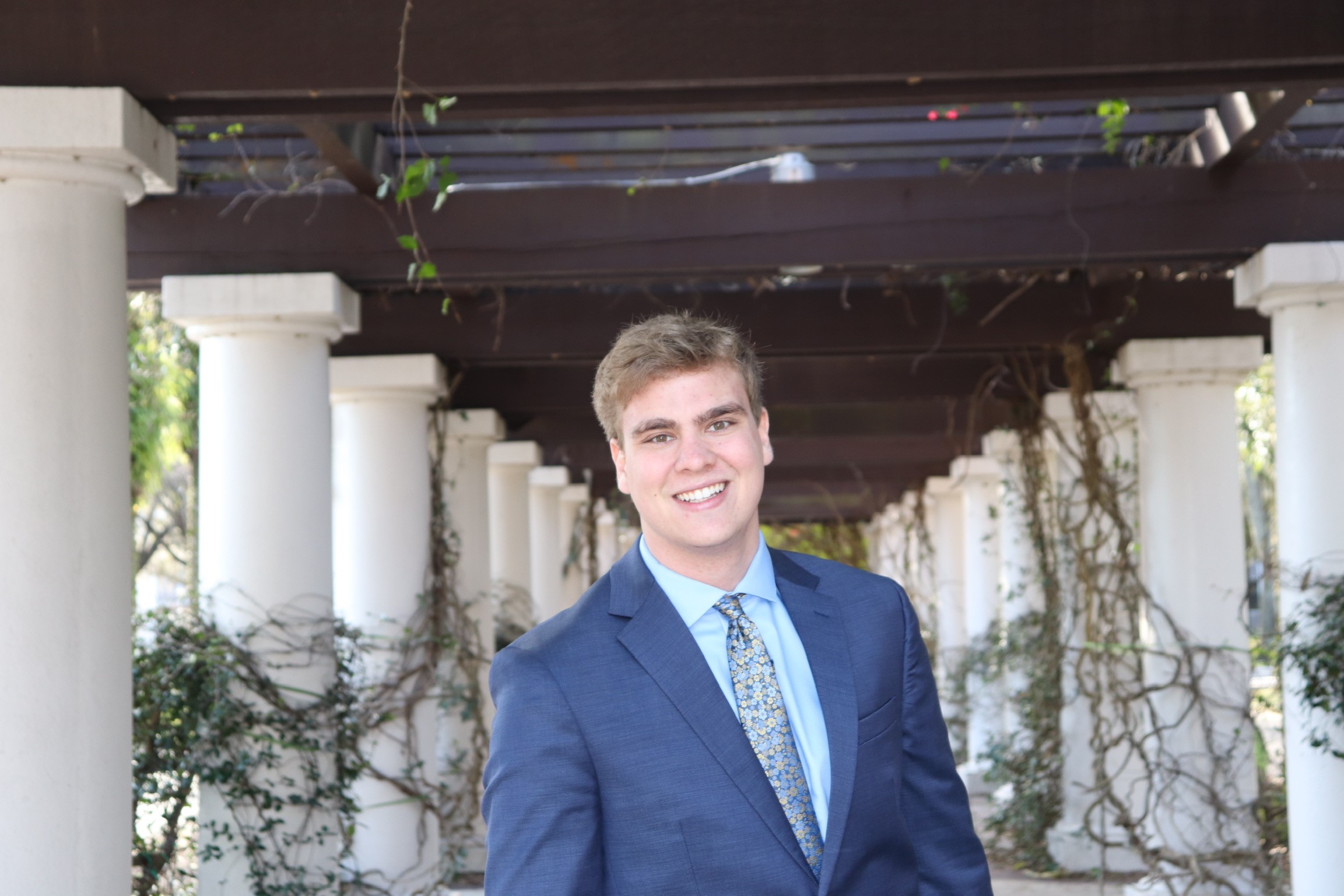
Loading...

Loading...


First, he was able to identify and directly prove that ENaC activity is inappropriately upregulated in the setting of salt-sensitive hypertension. A combination of electrophysiological, immunohistochemical, biochemical, microscopy, and chronic studies in vivo, ex vivo, and in vitro were used to provide mechanistic insights into how ion channels contribute to salt-induced hypertension in Dahl SS rats. Furthermore, his recent studies reveal the critical role of Kir4.1/Kir5.1 heteromeric channel in the distal nephron. Several mechanisms modulating the activity of these channels were uncovered.
Effects of elevation of ANP and its deficiency on cardiorenal function
Kcnj16 knockout produces audiogenic seizures in the Dahl salt-sensitive rat
Essential role of Kir5.1 channels in renal salt handling and blood pressure control
Another critical area of research in the laboratory is examining cellular signaling mechanisms that regulate membrane ion transport and cellular homeostasis in podocytes. Specifically, Staruschenko’s laboratory focuses on the mechanisms involved in regulating TRPC channels by angiotensin II, ATP, and other signaling pathways. He has successfully extended the analysis of TRPC channels to freshly isolated glomeruli. With the help of several innovative techniques developed in his laboratory, he and other members of his laboratory have described several unique mechanisms responsible for excessive calcium flux in podocytes, which causes the development of glomerular diseases. As an example, his recent study revealed that renal purinergic signaling undergoes significant remodeling during pathophysiological conditions such as diabetes. This allowed us to conclude that the transition in purinergic receptor composition from metabotropic to ionotropic may disrupt intracellular calcium homeostasis in podocytes resulting in their dysfunction and potentially further aggravating DKD progression.
Ion channels and channelopathies in glomeruli
Characterization of purinergic receptor 2 signaling in podocytes from diabetic kidneys
The small GTPase regulatory protein Rac1 drives podocyte injury independent of cationic channel protein TRPC5
There are also several ongoing projects in the laboratory uncovering various mechanisms playing a role in the control of kidney function and the role of this vital organ in the control of blood pressure and various chronic kidney diseases. For instance, recent studies revealed profound effects of Na+-glucose cotransporter-2 (SGLT2) inhibitors, which have become the new mainstay of treatment for diabetes mellitus and cardiovascular diseases. However, specific mechanisms of SGLT2i’s action are still a mystery. Furthermore, the role of these inhibitors in non-diabetic settings is still unclear. In addition to the studies of SGLT2i, there are several other projects in the laboratory, focused on the role of opioid signaling, uric acid homeostasis, and reactive oxygen species, in kidney damage during the development of salt-induced hypertension.
SGLT2 inhibition effect on salt-induced hypertension, RAAS, and Na+ transport in Dahl SS rats
Role of opioid signaling in kidney damage during the development of salt-induced hypertension
NOX4-dependent regulation of ENaC in hypertension and diabetic kidney disease
Recent interest in Staruschenko’s laboratory focused on metabolic changes during hypertension and kidney diseases. The kidneys are highly sensitive to metabolic changes. Metabolic phenotyping uncovered a number of pathways associated with high blood pressure and kidney diseases, which sheds light on the complex pathophysiology of hypertension and associated kidney injury. However, the mechanisms underlying the effects of dietary interventions on kidney function and associated changes in cellular metabolic intermediates remain incompletely understood. Thus, in his recent study, he and his collaborators using multilayered omic approaches, provided an overview of hypertensive kidney damage and suggested that metabolic or dietary interventions could prevent and treat glomerular disease and hypertension-induced nephropathy.
Metabolic rewiring of the hypertensive kidney
Accelerated lysine metabolism conveys kidney protection in salt-sensitive hypertension
To a large degree, the history of renal and cardiovascular physiology advancement has been determined by developing the necessary methods and tools. Dr. Staruschenko’s laboratory has pioneered several innovative approaches: single-channel analysis of ENaC in cystic epithelia and TRPC channels in podocytes of freshly isolated glomeruli, nitric oxide, and calcium imaging in cystic epithelia and isolated glomeruli, real-time electrochemical detection of endogenous substances, such as H2O2 and ATP in whole kidneys ex vivo and in vivo, and two-photon imaging of calcium flux and nitric oxide levels in isolated blood vessels. Currently, his laboratory is one of only a few laboratories capable of directly recording ion channels in settings most resembling in vivo conditions: freshly isolated, split-opened collecting ducts, cysts, and isolated decapsulated glomeruli. Importantly, Dr. Staruschenko makes every possible effort to disseminate his novel methodologies to the field at large to allow other researchers to take advantage of these approaches. There are several methodological manuscripts published, which help others establish such techniques in their laboratories.
Scanning ion conductance microscopy of live human glomerulus
Vibrodissociation method for isolation of defined nephron segments from human and rodent kidneys
Use of Enzymatic Biosensors to Quantify Endogenous ATP or H2O2 in the Kidney
Implementing Patch Clamp and Live Fluorescence Microscopy to Monitor Functional Properties of Freshly Isolated PKD Epithelium
Single-channel Analysis and Calcium Imaging in the Podocytes of the Freshly Isolated Glomeruli
Two-photon Imaging of Intracellular Ca2+ Handling and Nitric Oxide Production in Endothelial and Smooth Muscle Cells of an Isolated Rat Aorta
Hypertension


The Staruschenko Labs mission is to progress the understanding of the specific pathways contributing to CKD and hypertension and finding potential treatments for these diseases.
Our members conduct diverse research programs that include bench and translational science addressing the medical needs and treatments related to hypertension and kidney disease.
My laboratory is focused on understanding the mechanisms controlling ion channels’ activity and electrolyte homeostasis, respectively, in the control of blood pressure and kidney diseases. I thoroughly enjoy this journey of discovery and mentoring and hope to enjoy it till retirement (if it ever happens)!

As a lab manager, I’m involved in almost every aspect of the lab’s day-to-day operation being a master of almost all equipment and techniques. I try to resolve issues so everyone can focus on uninterrupted research. I am proficient in animal surgery, tissue culture, molecular biology, and more. On a personal side love road cycling, fishing, and fixing and rebuilding things.

My main objective is to perform innovative and physiologically relevant research in the field of renal physiology. I have a particular interest in studying electrophysiology, renal physiology, and ion transport. By utilizing my electrophysiological skills, I aim to advance our knowledge of ion channels in the kidney and develop novel diagnostic and therapeutic approaches for kidney diseases.

I am currently interested in determining the physiology of sodium-glucose cotransporter 2 (SGLT2) inhibition in salt-induced hypertension and mechanisms of lysine transport in the kidney and its role in hypertension and kidney injury. Outside the lab, I enjoy traveling, running and long walks with my cat, Loki.

My Research is focused on normal and pathophysiological regulation of the Kir5.1 channel in the kidney. I spend my free time reading, traveling and hiking.

My research goal is to understand how uric acid homeostasis affects renal physiology and its dysregulation affects kidney and cardiovascular diseases. Studying kidneys has a personal meaning for me, as I am from Sri Lanka, an island with a higher prevalence of CKD of unknown etiology. When I am not thinking about the kidneys, I love baking and cooking foods that I can share with my lab mates.

I am elated to be the newest member of the Staruschenko Lab, having officially joined the lab in January 2023. I am an international student from the Caribbean, with Dominican and Guyanese nationality. My overall research interest is in renal pathophysiology. Since joining the lab, I have been involved in the development of a project understanding the dietary effects on sexual dimorphism of type 2 diabetic nephropathy. Apart from science, I have a passion for traveling the world and experiencing different cultures. I look forward to growing as a scientist and a fulfilling and inspiring Ph.D. journey with the Star Lab!

My name is Brody Smith and I am a medical student at the USF Health Morsani College of Medicine. My research interests involve salt sensitive hypertension and genetic disorders that impact metabolic pathways including carnitine palmitoyl transferase 2 (CPT2) deficiency. Using the Dahl-SS rat model I am working on characterizing the interaction between these two disorders and their contribution to blood pressure regulation and renal homeostasis. Outside of the lab, I am a pitcher for the USF Club Baseball team. I also enjoy golfing and lifting weights in my free time.

I am currently an undergraduate student dedicated to pursuing a major in biology with a prominent focus on medicine. Complementing my interest in biomedical sciences, I am pursuing dual minors in philosophy and public health. I am an active participant in research revolving around Kir 4.1/5.1 heteromeric ion channels and their associated electrophysiology. My research aspirations arise from a desire to explore these pathways in various etiologies, ultimately contributing to the development of therapeutic strategies to address critical needs. When I am not actively working in pursuit of my professional aspirations, you will find me enjoying the great outdoors and exploring new areas! I also love weightlifting and reading philosophical works.
